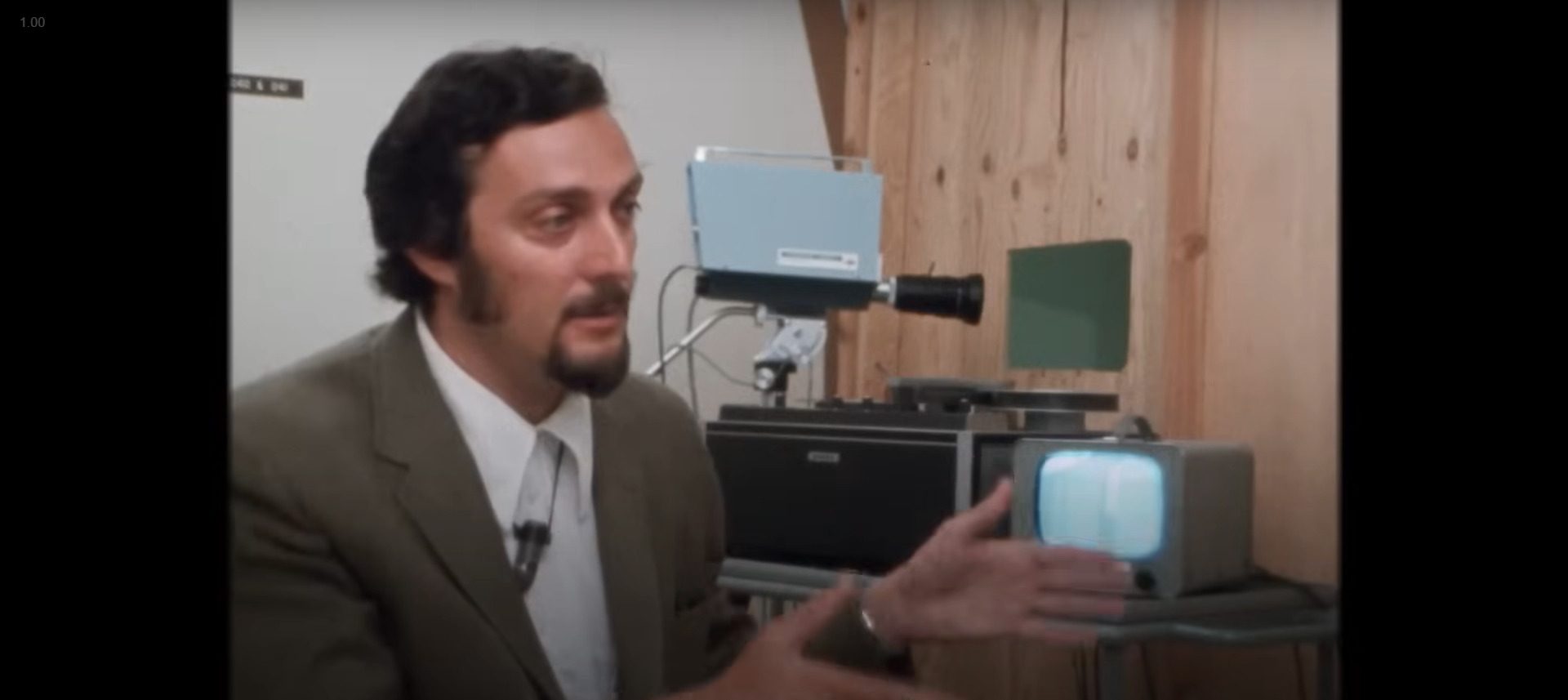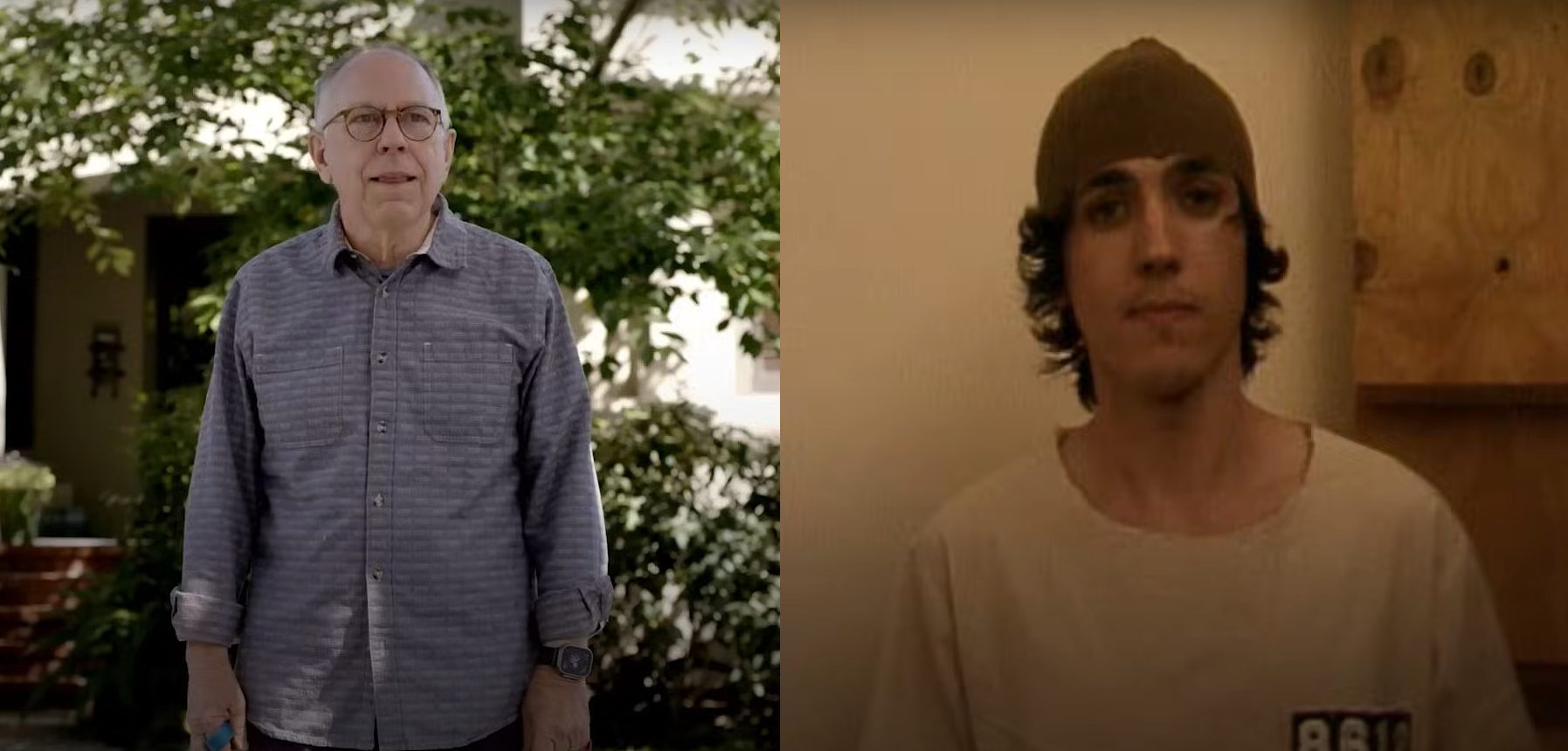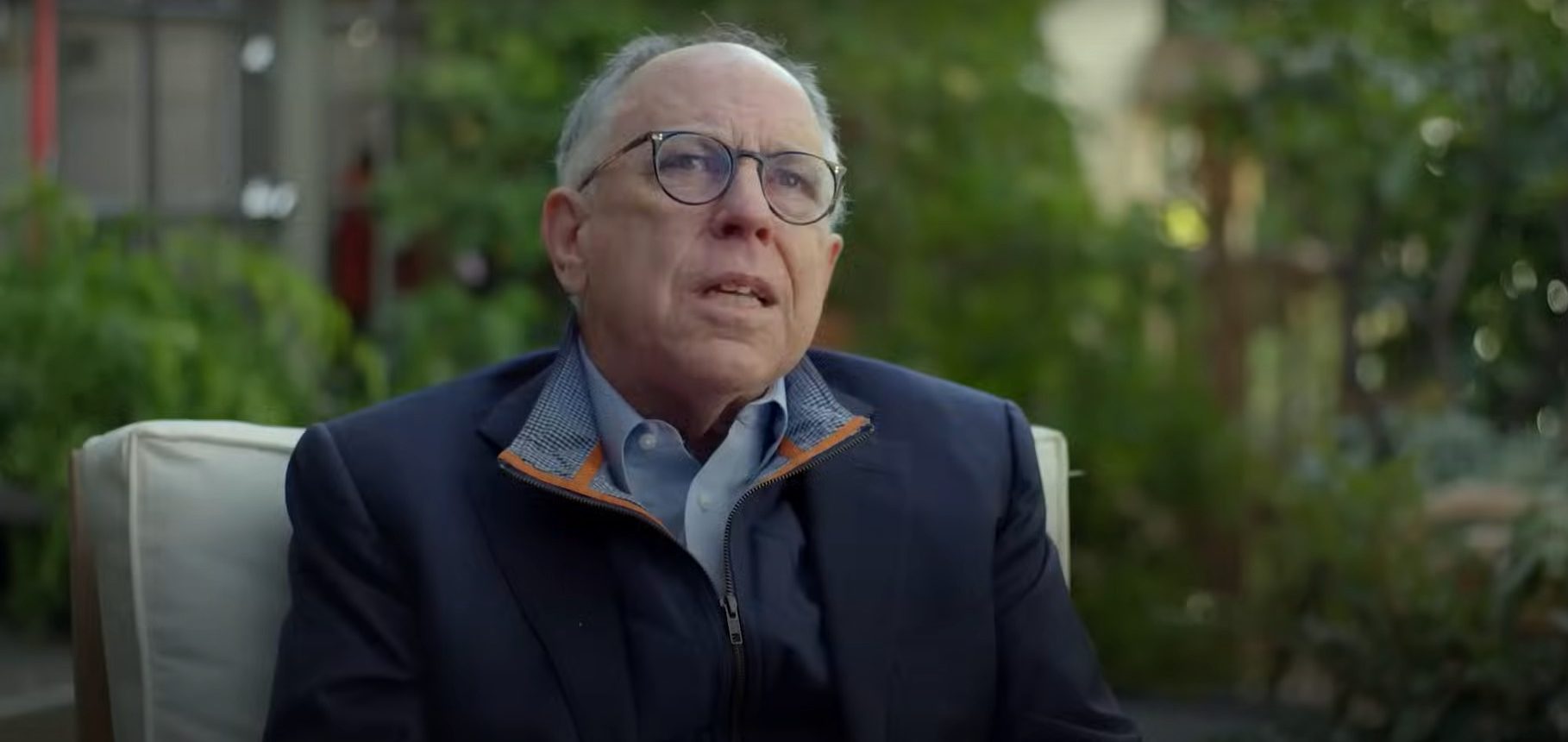In ‘The Stanford Prison Experiment: Unlocking the Truth,’ the controversy surrounding the infamous 1971 Stanford Prison Experiment is addressed with the help of interviews with former prisoners and prison guards. Led by psychology professor Dr. Philip Zimbardo, the experiment was conducted in the basement of the University’s psychology building in a mock “Stanford County Jail,” with nine prisoners and nine guards. Supposed to last a couple of weeks, the prison experiment was shut down earlier than expected due to unforeseen circumstances. One of the first prisoners to be released was a 22-year-old student named Douglas Korpi.
Douglas Korpi Asserted He Faked a Mental Breakdown to Get Out of the Experiment
In 1971, Dr. Philip Zimbardo constructed a three-cell mock “Stanford County Jail” for his Stanford Prison Experiment, which consisted of nine prisoners and nine prison guards. Out of the prisoners, Douglas Korpi (prisoner number 8612) was the first one to be allowed to leave the experiment after spending just 36 hours behind bars. He reportedly went through a mental breakdown, which was recorded on audiotape. He could be heard yelling and screaming in pain, “I’m so f***ed-up inside. I feel really f***ed-up inside. You don’t know — I gotta go, to a doctor. Anything! I mean, Jesus Christ, I’m burning up inside, don’t you know? I can’t stay in there. I’m f***ed-up! I don’t know how to explain it. I’m all f***ed-up inside! And I want out! And I want out now!”

When Dr. Zimbardo’s research assistant, Craig Haney, witnessed the breakdown and saw his suffering, Douglas was released from the experiment and allowed to return to the outside world. In the 1992 documentary ‘Quiet Rage: The Stanford Prison Experiment,’ Douglas talked about his experience during the short time he was imprisoned. He claimed that the experiment left a deep impact on him. However, decades later, he talked about his experience in an interview with author Ben Blum, claiming that he had faked his breakdown just to get released from the experimental prison. At the time of the experiment, he claimed that he had been studying for the Graduate Record Examination and was under the impression that he could continue his studies in prison.

As per his account, he decided to take the $15-per-day offer for being an experimental prisoner only because he thought he would be allowed to study for his GREs. However, when Douglas allegedly was not allowed access to his books during the experiment, he initially faked a stomachache. When that didn’t work, he said that he faked the mental breakdown that helped him get out of prison. During the conversation with Ben, he also described his outburst as “more hysterical than psychotic,” claiming that any professional would know that he was faking it at the time. Looking back on the 1971 Stanford Prison Experiment, he regretted the fact that he did not file a false imprisonment charge for the same. In response to Douglas’ claims and criticism, Dr. Zimbardo said that he could not afford to treat his alleged mental breakdown as fake and ignore it.
Douglas Korpi Seemingly Resides in Oakland With His Family Today
According to reports, after getting out of the experiment, Douglas Korpi pursued a Ph.D. in clinical psychology and went on to become a professional clinical psychologist in California. As of 2017, he had reportedly been serving as the chief psychologist in the San Francisco County Jail and was a forensic psychologist in Oakland. Turning his alleged negative experience into something productive and helpful for society, he helped change his patients’ lives for the better by providing them with adept solutions to their mental health issues. As of today, in his 70s, the Alliant International University graduate seemingly still resides in Oakland but has supposedly been out of practice for several years. From what we can tell, he prefers to stay out of the limelight and seems to be leading a peaceful life with his loved ones.
Read More: Richard Yacco: Where is Stanford Prison Experiment Prisoner Now?


You must be logged in to post a comment.